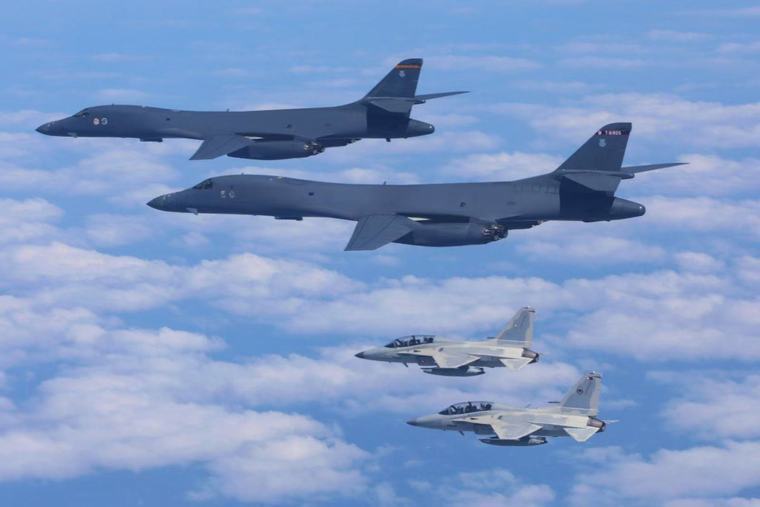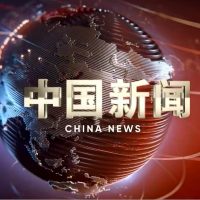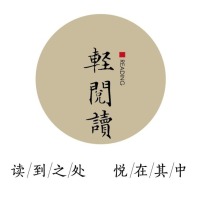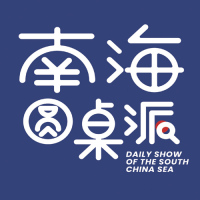Philippines Military “Ensemble”: The Geopolitical Dilemma Behind the Troublemakers
Recently, the Philippines has been courting extra-regional powers to stir instability in the South China Sea. First, there was the “joint air patrol,” followed by “multilateral maritime cooperation activities.” These military “ensembles,” presented under the guise of “security commitments” and “upholding rules and order,” resemble a meticulously choreographed parade—dangerous sparks fueled by Manila’s repeated provocations flashing within.

(Image/Top image: On February 4, the Philippine Air Force posted images of the joint US-Philippine air patrol on its social media account.)
The US-Philippines “show of allied strength” in the South China Sea is a staged move centered on the so-called “security issue,” with specific symbolic meanings behind it. First, it signals that the US-Philippines security alliance remains solid, with America’s “security commitments” to the Philippines being “visualized” through joint maritime actions, rather than just existing on the phone lines between the Philippine Foreign Secretary and the US Secretary of State. Secondly, it demonstrates to America’s allies and partners in the Asia-Pacific that bilateral and small multilateral military security cooperation has not been stalled. In some ways, the joint patrols in the South China Sea have turned into “mobile billboards” for extra-regional powers to showcase their alliance credibility.
While stirring troubles at sea, the Philippines continues to play up the “China threat theory,” a clear political maneuver.
The statements, including the Philippine Department of Justice’s baseless call for new South China Sea international arbitration, the Philippine Department of Defense’s unwarranted accusations of Chinese warships passing through the Basilan Strait, the Philippine National Bureau of Investigation stirring up claims of “Chinese espionage threats”, are not based on genuine security concerns but serve as political tools aligned with the domestic agendas of the Philippines. A scholar in Manila told me: “Real security is never achieved by courting extra-regional powers. The security debate in the current Philippine political landscape has become a staple of the election season.”
From bilateral air patrols to joint maritime patrols, the carefully chosen aerial footage and secretive navigation routes are less about military deterrence against China and more about a “political performance art” tailored by the Philippines to heat up security issues and shape the public narrative.
Afterwards, the US and the Philippines deliberately replaced the internationally accepted term “South China Sea” with “West Philippine Sea” in their sanctimonious statements. This is not only a shift in geographical terms but also part of a broader strategy of “boiling the frog” in the perception of the international community. This discourse construction strategy mirrors the 2016 South China Sea arbitration’s erroneous packaging approach—similar to the way China’s Nansha Qundao, which is a single archipelago, were fragmented into individual features, and islands, reefs, shoals, and cays were called maritime features instead, and how overlapping waters were framed as the “Philippine Exclusive Economic Zone.” The systematic discourse transformation aims to create a psychological suggestion of legitimacy of the Philippines claim in the international public opinion arena.
The Philippines may have been emboldened by the illusion of political and diplomatic support from the US and its allies. However, from the remarks of the spokesperson for China’s Southern Theater Command, it is clear that the Chinese military is fully aware of any provocations in the South China Sea and will not allow the Philippines to act recklessly. China will take targeted measures when necessary. The Chinese air force, navy, and coast guard maintained combat readiness patrols and law enforcement operations in the South China Sea during the Chinese New Year, and this “no withdrawal of defense during the holidays” stance itself serves as the most vivid form of diplomatic language.
Unlike the deterrence logic of some other countries, China’s maritime presence in key islands and waters in the South China Sea is more like the base move in a game of Go—unconcerned with dramatic effects, but steadily building strategic momentum through daily legal protection. The South China Sea game has now entered marathon mode, where the contest is about strategic patience and overall strength.
When US-Philippines-led bilateral and multilateral patrols turn into a “military carnival”, and when Marcos links the Typhon Mid-range Missile System’s presence in the Philippines to the South China Sea issue, the real danger lies not in the missile range but in the rapid shrinking of policy rationality.
There is no doubt that the US-Philippines military provocations will lead to misunderstandings, misjudgments, and a higher risk of accidental conflicts, which once again proves that the Philippines and extra-regional forces are the real perpetrators and troublemakers destabilizing peace in the South China Sea and provoking regional confrontations.
(Author: Ding Duo, Director of the Center for International and Regional Studies, National Institute for South China Sea Studies)














